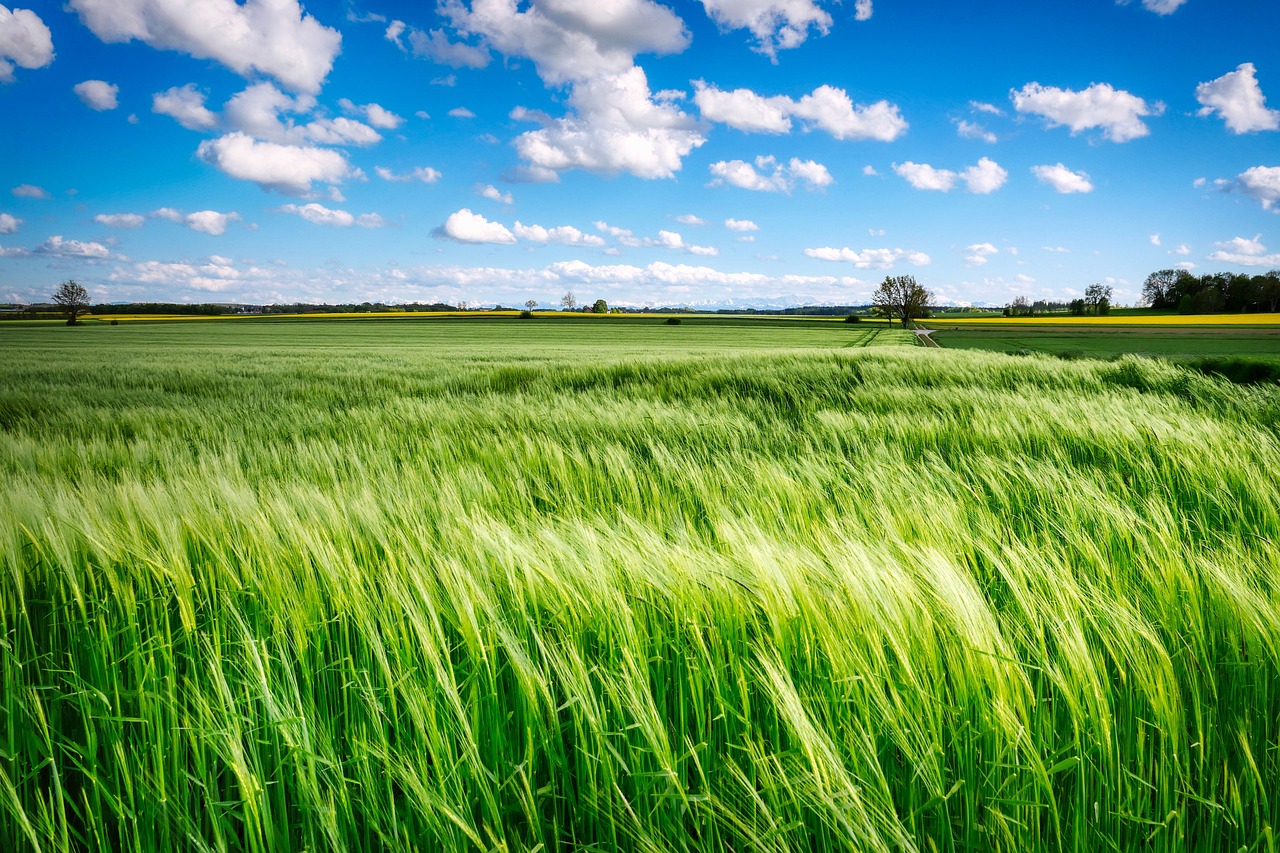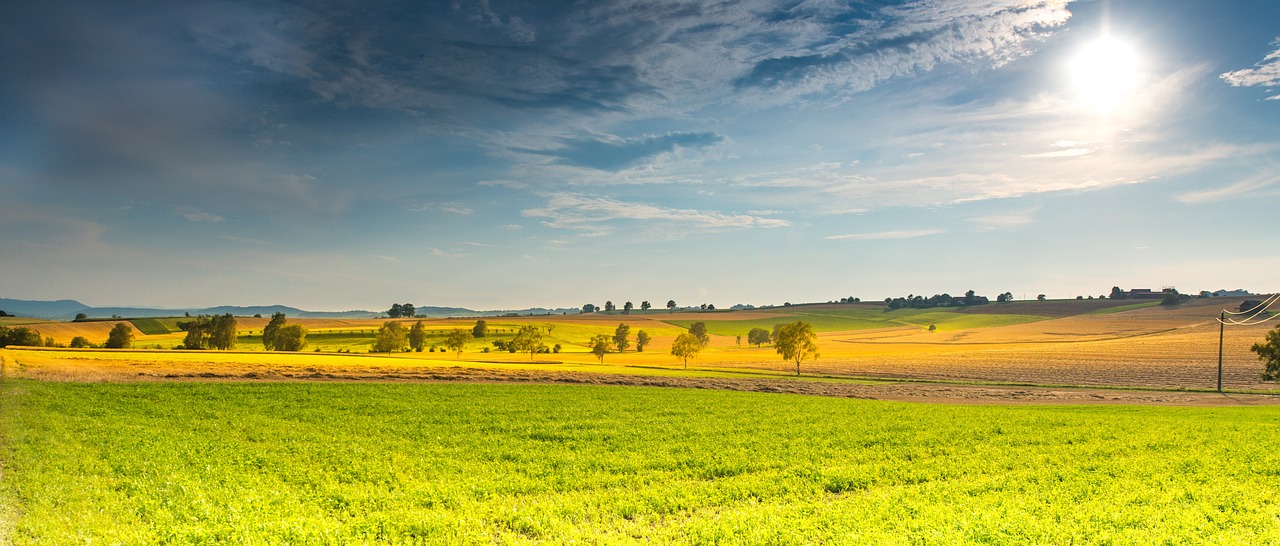
The Control of Structures is a regulation that authorises the exploitation of agricultural land or the carrying out of an agricultural activity. Its aim is to encourage the installation of farmers and to regulate the size of farms. We explain this procedure in detail and the precautions to take when buying a farm, a vineyard or an equestrian property.
This regulation, governed by Articles L 331-1 et seq. of the Rural Code, which dates back to the 1960s, was known as the 'cumulation' regulation and was already aimed at regulating the size of farms and prioritising access to land for farmers, particularly young farmers.
The creation of the SAFER and the establishment of their right of pre-emption was another tool of this same policy.

A person who wishes to exploit land or develop a livestock activity above ground must obtain an administrative authorisation. This is the purpose of this control.
Operating without having obtained this authorisation exposes the offender to heavy financial penalties.
The authorisation to operate under the Control of Structures is different from the authorisation to operate under the Classified Installations, which aims to control enterprises with an environmental impact.
This procedure concerns all agricultural projects, whether for crops or livestock, as well as projects in the wine industry, arboriculture, equestrianism, etc.
More generally, it applies to installations, extensions and reunions of agricultural holdings.
The authorisation to farm is issued by the Prefect after receiving the opinion of the Commission Départementale d'Orientation de l'Agriculture (CDOA), a commission made up of professionals from the agricultural world. To obtain this authorisation, the applicant must submit an application on an administrative form and send it, together with supporting documents, to the Direction Départementale des Territoires et de la Mer (DDTM).
Although there is a national form, in practice each region has developed a specific form to adapt to regional particularities and to take account of the Schéma Régional des Exploitations Agricoles.
In particular, you must show that you have informed each landowner of your application. You can either send them a letter by registered post with acknowledgement of receipt or get their signature on a letter.
We recommend that you contact the landowners directly as it is never pleasant to receive a registered letter at home. And you will probably need to sign a lease or sale with the owner. It is therefore necessary to create a relationship of trust which is always easier to achieve with direct contact.
In the event of multiple applications, the prefect grants the authorisation to farm by dividing the applications according to an order of priority defined by the Schéma Régional des Exploitations Agricoles. This document, drawn up at regional level, defines the priorities of agricultural policy. For example, it will prioritise the installation of a Young Farmer with installation aid against the enlargement of a farmer who is already established, prioritise an organic farming project against a conventional project, etc.
On the other hand, if there is no competing application, the prefect must normally grant the authorisation to farm to the sole applicant.
The DDTM examines the file, checks that it is complete, determines whether or not the application is subject to a request for prior authorisation and advertises the application. The purpose of this publicity is to inform all potential buyers of the land.
At the end of this two-month publicity period, it will list the various applications and present them to the CDOA.
La CDOA, commission composée de professionnels du monde agricole (syndicats agricoles, représentants des chambres d’agriculture, …) étudie les différentes candidatures qui lui sont présentées et va donner un avis au regard des règles qui sont établies au niveau régional. C’est avis est consultatif car c’est le préfet qui tranche. En pratique, il est assez rare que la décision définitive soit différente de celle de la CDOA.
In reality, a distinction must be made between three types of situation in relation to a project:
Some operations are not subject to structural control and therefore do not require prior authorisation. This is the case, for example, for the departure of a partner in an agricultural company.
Example: a GAEC has 3 partners and farms 120ha, i.e. 40ha per partner. 1 partner leaves the GAEC to retire. The 2 remaining partners will continue to farm 120ha, i.e. 60ha each. This "enlargement" is not subject to structural control.
The area farmed is also a criterion for determining whether or not the project is subject to the Contrôle des Structures.
For example, for the Provence-Alpes-Côte d'Azur region, the threshold for triggering control is 85 ha, compared to 20 ha in Brittany. A project to set up a cereal farm in the PACA region with a surface area of 75ha will therefore not be subject to the Control. However, 1ha of cereals is not comparable with 1ha of arboriculture or viticulture. It is therefore necessary to consult an equivalence grid (drawn up at regional level) to determine the weighted area for each production.
Operations carried out within a family framework may, under certain conditions, benefit from a simple prior declaration regime, which means that they must be declared to the administration, which will simply record the information.
Be careful, however, to respect all the conditions necessary to benefit from this system. On this subject, you can read our article on the repossession of rented property.
Operations subject to control and not eligible for the Declaration regime are subject to prior authorisation.
When you submit your application, the DDTM will check your file and once it is complete will issue you with an acknowledgement of receipt of your application. Depending on the department, it can take between a few days and several weeks to receive this letter.
The administration then has a period of 4 months to reply to you once (if your file is considered complete). This period may be extended by a further 2 months. After this period of 4 months (or 6 months), if there is no response, you will have a tacit authorisation to operate.
You must also include in the timetable the time needed to obtain the agreement of each of the owners, which may take a long time if they are numerous and geographically dispersed.

The operations carried out with the SAFER benefit from a special regime. Indeed, the retrocession by the SAFER is done under the control of the administration. The favourable opinion given to a candidate (by the Government Commissioner) is accompanied by a tacit authorisation to operate.
There is therefore no need to carry out the usual procedure, which saves a great deal of time and energy.
The regime of collective procedures (safeguard plan, judicial recovery, judicial liquidation) is very specific. The takeover of land under a transfer plan validated by the judge is not subject to the Contrôle des Structures.
It should also be noted that the judge may, under certain conditions, require the owners to continue the existing leases in favour of the buyer.
Farming without authorisation to operate exposes you to heavy financial penalties (between 300 and 900 € per hectare) and also leads to the nullity of the rural lease.
In addition, according to article L331-9 of the Rural Code, "anyone who farms despite a definitive refusal to authorise farming may not benefit from any public aid of an economic nature granted for agricultural purposes". It should be noted, however, that payments under the Basic Payment Rights are not affected by this rule.
The prefect must first give notice to file an application for authorisation to farm or to cease farming the land. It is only at the end of the time limit set by the formal notice that he can impose the fine, which can then be contested out of court or before the administrative courts.
Please note that the authorisation to farm is only an administrative document. You must also have the right to use the land.
In other words, you must be either the owner of the land or a tenant, i.e. have a lease on the land for which you are applying. This is one of the reasons why we advise you to meet the owners directly and not just send them a letter by registered post.
The new Control resulting from the Sempastous Law, which aims to prevent the monopolization of agricultural land through partial transfers of agricultural companies, may also apply to your project.
As indicated in our article on the important points of the sales agreement, obtaining authorisation to farm under the Contrôle des Structures must be a condition precedent in a sales agreement.
Indeed, if you are refused authorisation, you will not be authorised to farm the land. However, if you have not included this clause in the preliminary sales agreement, the seller may still require you to regularise the purchase deed.
The long and complex application procedure carries the risk of errors with serious consequences for your agricultural or viticultural project. Take the time to find out about the specificities of your region and do not hesitate to ask for assistance.